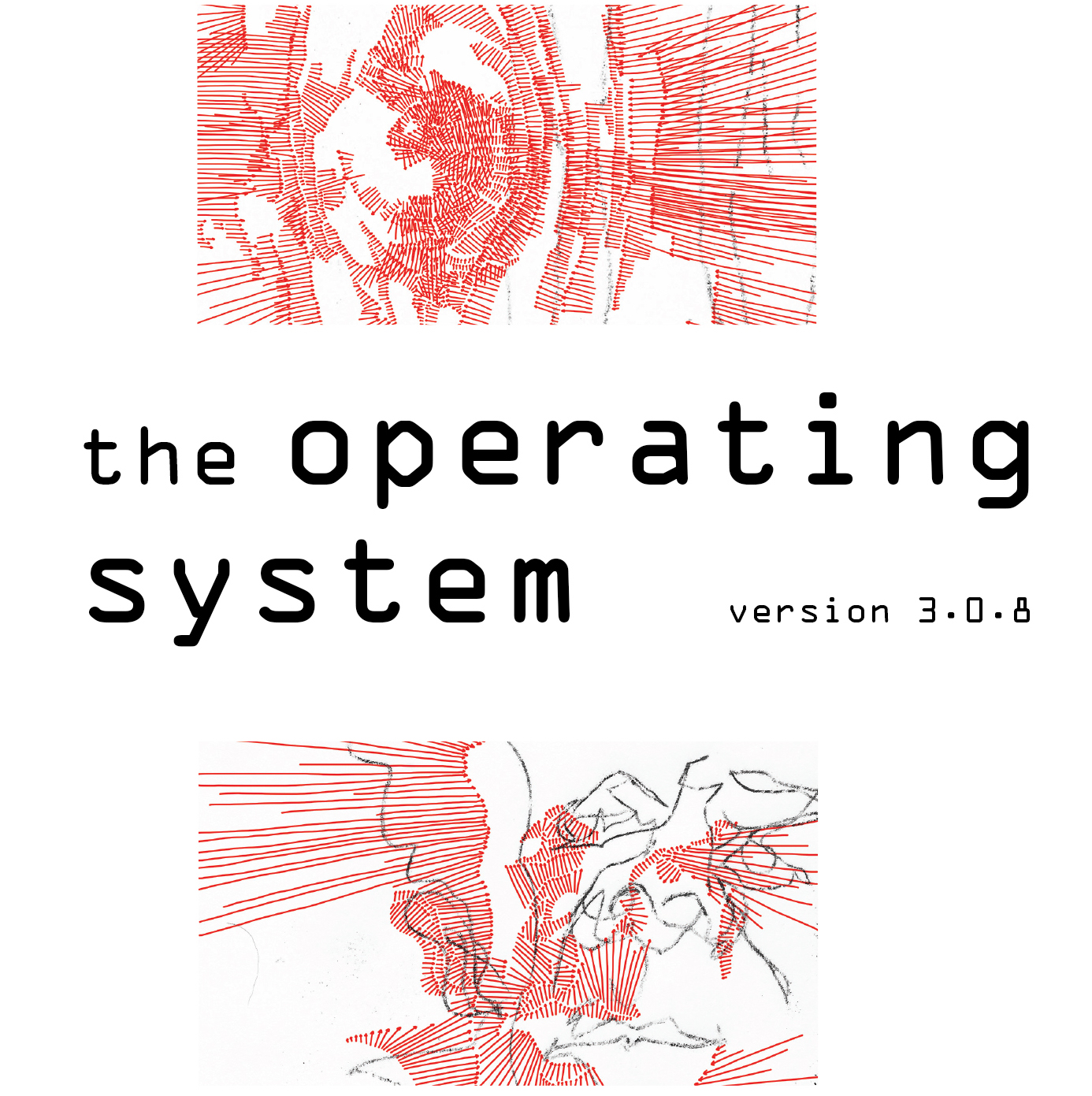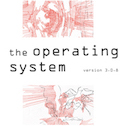2nd ANNUAL NAPOMO 30/30/30 :: DAY 3 :: RYAN NOWLIN on NORMA COLE

Cole (center) with Anne Waldman (l) and Marjorie Welish (r) at the Poetry Project, 2012
Norma Cole, an experimental poet and visual artist who has lived in the Bay Area since 1977, has received great acclaim for, as she puts it, her “openness to traditions and practices, artists and writings, radically divergent from her own.” Cole’s poetics derive from two major influences, George Oppen and contemporary French poets, many of which were translated in “Cross Cut Universe” and “Violence of the White Page”.
I came into contact with Norma Cole’s work, “Spinoza in her Youth”, during a workshop led by Rachel Blau Duplessis at Temple University’s Creative Writing Program in the Fall of 2002. Norma Cole was scheduled to read at our visiting Poets and Writers series that winter, but she suffered a stroke and was not able to attend.
It was through reading Norma Cole that I was able to move away from the more obvious aspects of linearity associated with more traditional writing. By experimenting with with procedures such as parataxis and montage, Cole focuses more on the materials of language itself rather than any continuos narrative. The poem, according to Cole, seemed to be a viable apparatus for generating new and interesting spatial relationships.
The first line of her book length sequence, “Spinoza in her Youth”, begins with a spatial image:
“In cavern of a story, a man and his book report”
The juxtaposition of story and cavern suggests that reading is an act of entering the unfamiliar. Going beyond what one already knows. A turning around. The sensation of moving around in space-disturbance of the equilibrium.
“Spinoza in her Youth” is an example of a new narrative: a delicate balance in improvisation where music is not yet familiar, almost to far out to be heard. This vanishing point, always moving in dynamics of the work itself, can be disorientating. The space of a cavern morphs into various other spaces.
My favorite spatial metaphor occurs on page 45 of “Spinoza in her Youth”:
“Let’s make this page into an apartment, an enlightenment structure like being inside someone’s’ skull.”
In her experimental essay “The Poetics of Vertigo”, Norma Cole establishes the area of overlap between lived experience and the poem as “navigational chart of moving edges”. The disjunctive text leads the reader to feel disorientated at first. Without connective thread between each section the reader must take each section as segment of moving edges. While this rapid fire montage effect creates a sense of disorientation, it also leads to a feeling rapid movement.
“Writing is involved with movement, development, subjectivity, preference and direction. Subjectivity which does not depend on pronouns, occurs in movement development writing and preference.” (The Poetics of Vertigo)
This passage suggests that the term “vertigo” is not intended as a passive “falling into something” but more like an intuitive exploration of “field of presence”. In the first section of “The Poetics of Vertigo,” Cole defines a set of terms:
Terra Inviolata: radical alterations of the relationship b/n land and sea
The said experience “language appears as the place where experience must become truth” (Cole)
Idea- look, semblance, form, configuration species, kind, class, sort, nature, a general or ideal form, type, model “ideas are the texture of experience ” (Merleau-Ponty)
Motion, Time, Measure
Improvisation and progression are development, orientating each other
Exile: considerations of exile dovetail with questions about what defines or binds a work as say “American” a continuing preoccupation since this country’s revolutionary beginning
Vertigo binds all terms -turn around “disturbance of equilibrium” poetic process-vertigo-a sensation of free fall and/or of “falling into a space” “navigation of space”. In this essay Cole refers a great deal to Oppen, esp. his essay “The Mind’s Own Place” where he claims the right to be in ignorance, to be in the dark to find things out for himself to blunder.
Cole asks:
is imagination private?
Is reading private?
I would say yes to the first question yes to the second yet, the imagination seems to belong to an arena that goes beyond the personal. Eg. Modernist writers such as James, Chekov, Joyce, Woolf, Eliot, etc. sought to eliminate the “subjective element” in literature/writing which they felt prevented one from attaining a more objective rendering of reality. Reading, on the other hand seems more private, in that we are engaging with text, which speaks to us alone, while we are engaged with it.
Cole cites: Mary Douglas, in her book, writes “when a new private thought comes into being, it may have a chance to escape being embedded in a social situation.” Vertigo-also refers to “darkness visible” of not knowing and the risk of finding out. Oppen is willing at this point to break the laws, the taboos of sociality, of political activism, of “terra Inviolate” the right of free fall, the right to let go of the familiar of the horizon of experience, to go beyond difficulty, with what ever sense of vertigo, we begin to speak for ourselves. “Vertigo-the limit of choice, incurs a shattering in order to move. Shattering is quiet, occurring in small ways, in the different and new use of a pronoun or a different negotiation with space, a new dynamics.”
– from The Poetics of Vertigo
Excerpt from “Spinoza in her Youth” by Norma Cole
(Omnidawn, 2002)
In the cavern of a story, a man and his book report.
*
*
Guess who I’m going up with?
Who? I pretend, asking not to know. Who has not pretended
THAT?
*
*
She bent lower over her armful of daisies.
*
*
Caught up in the subjectivity emananting from the extending
phrases of the photographer/writer*, I am first one then the
other in this room, now through this reading existing.
*
*
The ever present sense of loss is neither sentimental nor
metaphorical, unless it can be apprehended as a metaphor
for itself.
*
*
“Before I lose it”
*
*
“Is she the same person as the little girl who once gathered daisies
by the armful?
*
*
Light is the evidence of motion, the trace of gesture. Is the
image of the model then the evidence of stillness, its trace,
its stand-in??
Terra Inviolata – Ryan Nowlin
Mobil glistens. The said experience.
Distended elm writing its decay.
Radical alternations of land and sea.
Salvaging debris. White bear of the poles,
White shark of the tropics.
Instances of freezing on a red letter day.
The story ends before the book
But how? With the children going through
grass gates. Order of brightness
Of eyes downcast. Design of faint stars,
Curious chin outstretched.
Petals tossed in the air.
Ryan Nowlin is a poet and educator living in NJ. He completed Temple University’s Creative Writing Program during 2001-2003. Recently, four poems of his were published in SAL MIMEO.
——————————————————————–
2nd Annual 30/30/30 Poetry Month Series:
previous:
DAY 2 :: GARY SLOBODA ON BUCK DOWNS
next:
DAY 4 :: FARZANA MARIE ON MIKHAIL, CARPENTER, AZZIZADA AND POETRY IN SOCIAL CONFLICT


